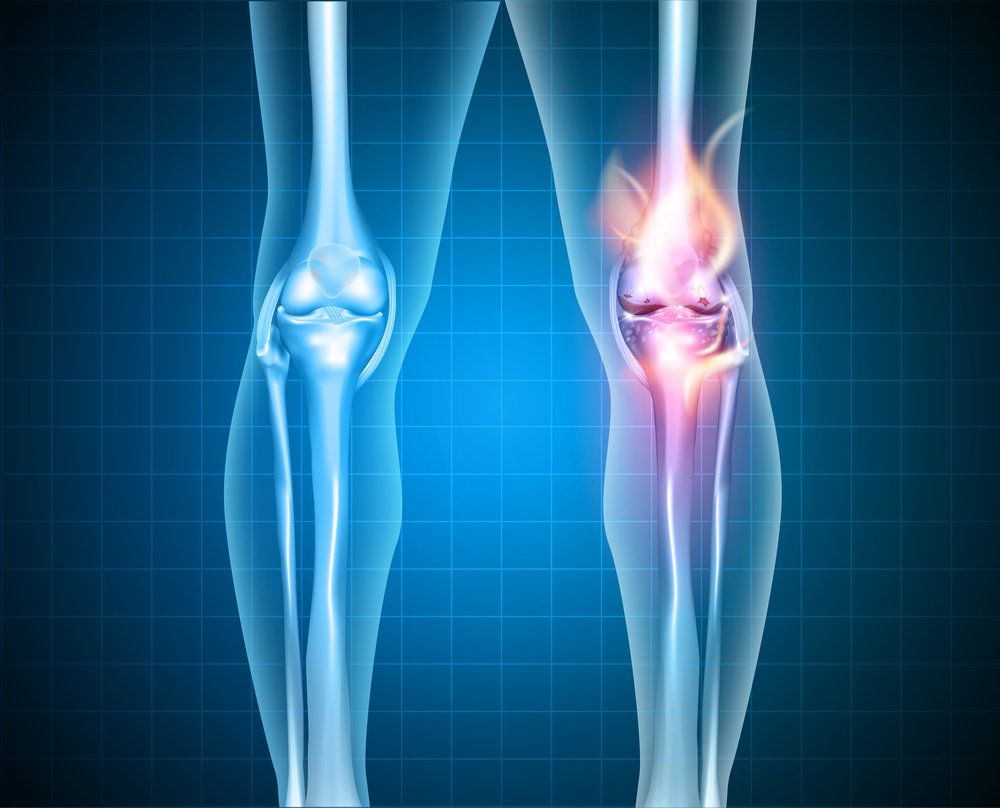
Individuals who have knee discomfort or complications with joint functionality can undergo knee surgery at Orthopaedic Specialists of Austin. This procedure uses artificial joints to replace diseased or damaged portions of the knee.
As with any surgery, scarring is a normal side effect. With proper aftercare and maintenance, patients can minimize the appearance of their knee surgery scars. In this blog post, our Austin, TX, surgeons offer a few tips for reducing the risk of scarring so you can enjoy an optimal recovery.
Healing after Knee Replacement Surgery
Following knee replacement surgery, patients move through three different stages of soft tissue healing. These include:
- Inflammation: As soon as the incision is closed, the surgical site becomes inflamed. This occurs because the body sends healing cells to the site to begin the clotting process. This generally lasts for a few weeks after surgery is complete.
- Proliferation: About one week after surgery, the vascular network around the incision begins to heal. Proliferation overlaps the inflammation stage.
- Maturation: This process may begin as early as three weeks post-op and last for up to 12 months. During this time, the skin around the incision becomes stronger.
Until the incision is closed, bacteria can enter the surgical site. For this reason, prompt healing is absolutely essential for a successful recovery.
Wound Healing Complications
There are several different reasons why knee surgery scars may not heal optimally. Here are a few of the most common:
- Smoking
- Malnutrition
- Uncontrolled diabetes
- Obesity
- Rheumatoid arthritis
If you suffer from any of these medical conditions, your surgeon will work with you to correct them prior to treatment. While most individuals can qualify for knee surgery, there are some patients that may be considered high-risk. Your doctor can discuss your eligibility in more detail during a consultation at our Austin practice.
How to Know if There Is an Issue with Healing
While drainage is typical during the first few days of recovery, drainage after 72 hours usually indicates a problem. Additionally, patients should inform their surgeon if they notice holes in the incision, broken sutures, or dark tissue around the surgical site. When detected early, these complications can be addressed successfully.
Tips for Reducing Knee Surgery Scars
There are several things that patients can do to reduce scarring after knee surgery. Here are some recommendations from our team:
- Keep the incision clean. Following your procedure, you will be given detailed instructions for wound care. It is important to clean the site and change your dressing when necessary.
- Avoid touching the site. Though it may be tempting, do not pick or scratch your incision. Allow the scabs to fall off on their own.
- Keep your incision dry. Patients should avoid submerging the incision under water for at least two months after surgery. Avoid pools, hot tubs, lakes, and even taking baths until your surgeon clears you.
- Use products recommended by your surgeon. Your doctor may recommend using an antibacterial ointment to promote healing. Be sure you follow his or her exact recommendation and only use products that are safe after surgery.
Contact Our Practice for More Information
Are you considering knee replacement surgery? If so, taking the steps outlined here can help you enjoy a comfortable and successful recovery. To learn more, schedule a consultation at our Austin practice. Contact us online or call us at (512) 476-2830.
